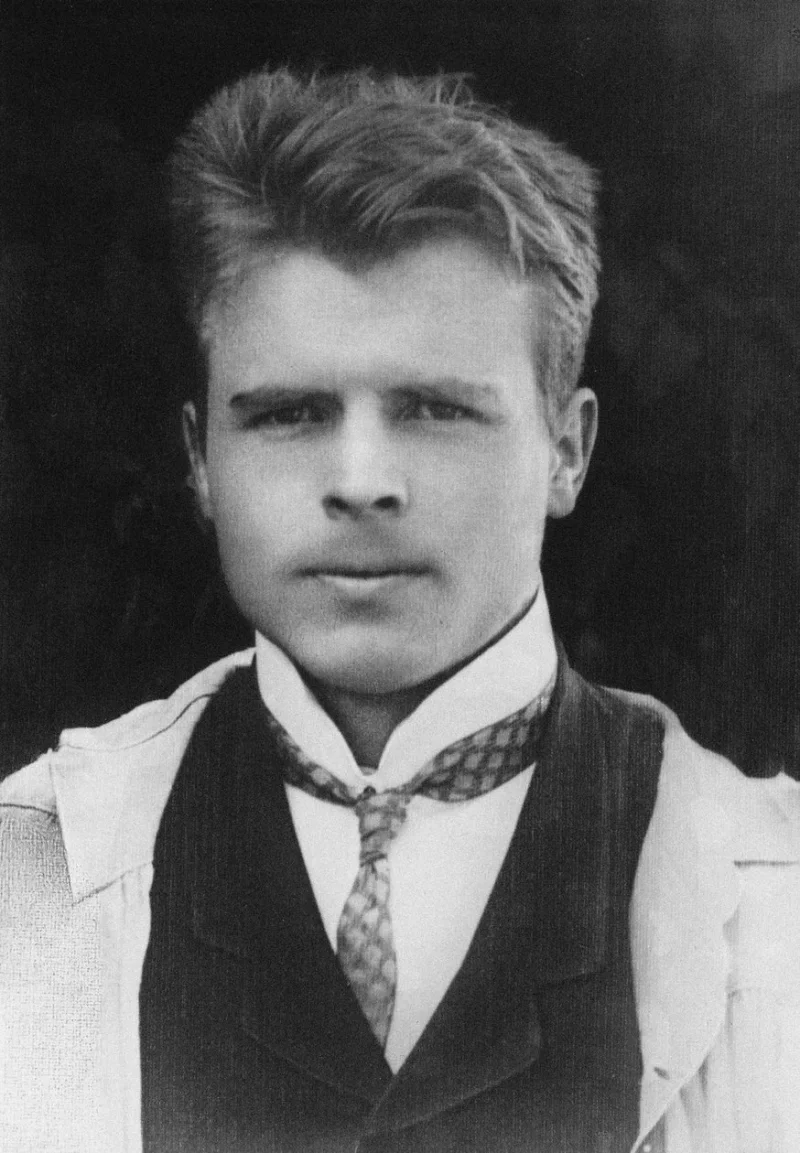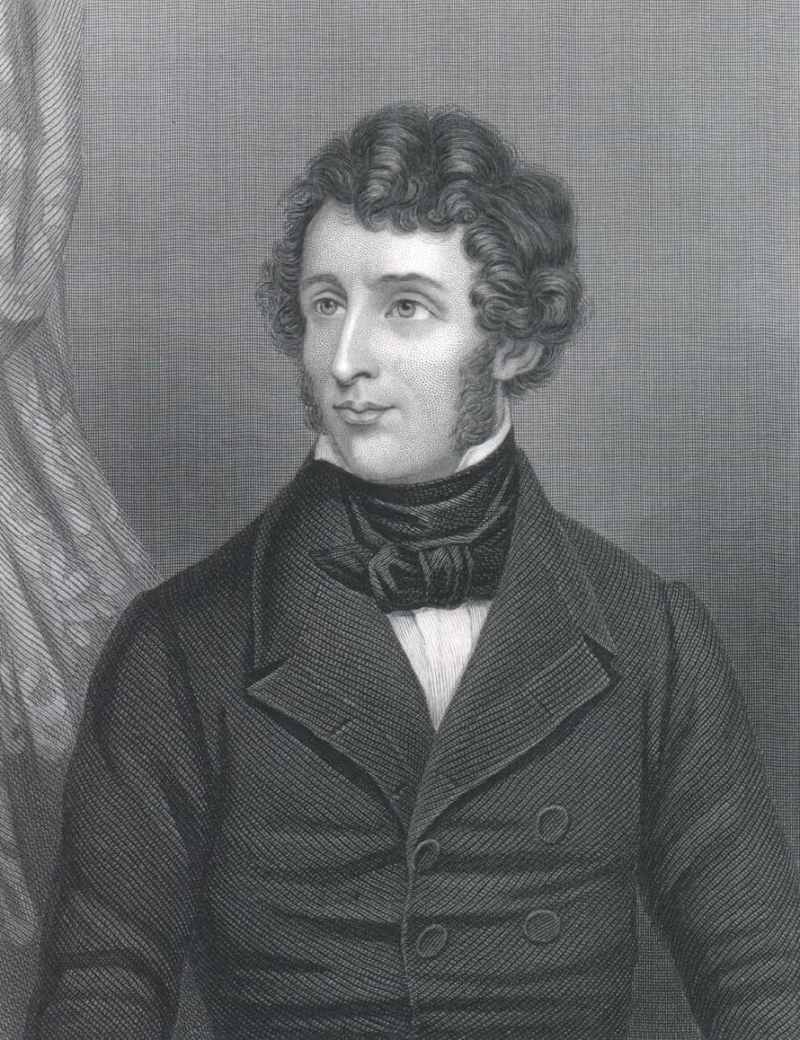Short Summary
George Gamow was a prominent theoretical physicist and cosmologist who made significant contributions to the understanding of the atomic nucleus, stellar evolution, and cosmology. He is best known for his work on the Big Bang theory and the development of the concept of nucleosynthesis in stars. His innovative ideas and engaging popular science books helped bridge the gap between complex scientific concepts and the general public.
Early Life & Education
George Gamow was born on March 4, 1904, in Odessa, Russian Empire (now Ukraine). He showed an early aptitude for science and mathematics, influenced by his father's profession as a school teacher. Gamow attended the University of Leningrad, where he studied under the tutelage of prominent physicists such as Alexander Friedmann. He earned his doctorate in 1928, focusing on quantum theory. His early exposure to leading scientific minds and the vibrant intellectual environment of the university played a crucial role in shaping his future career.
Career Highlights
Gamow's career was marked by groundbreaking contributions to various fields of physics. In the 1930s, he worked on quantum tunneling, providing insights into nuclear reactions. He later moved to the United States, where he joined the faculty at George Washington University. During this time, he collaborated with Ralph Alpher and Hans Bethe on the Alpher-Bethe-Gamow paper, which laid the foundation for the Big Bang theory. Gamow also contributed to the understanding of genetic codes, applying his knowledge of physics to biology.
Major Achievements
- Developed the theory of alpha decay through quantum tunneling, which explained how particles escape from atomic nuclei.
- Co-authored the Alpher-Bethe-Gamow paper, proposing the Big Bang nucleosynthesis theory.
- Pioneered the use of physics in understanding biological processes, particularly in genetics.
- Wrote popular science books that made complex scientific ideas accessible to the public.
- Contributed to the understanding of stellar nucleosynthesis and the lifecycle of stars.
Famous Quotes
- "If an idea is not absurd, then there is no hope for it."
- "Science is not about why, it's about why not."
Interesting Facts
- Gamow was known for his humor, often incorporating jokes into his scientific publications.
- He was a prolific writer of popular science books, including the famous "Mr. Tompkins" series.
- Gamow proposed the "liquid drop" model of the atomic nucleus.
- He was involved in the early development of the concept of black holes.
- Gamow's work on DNA led to important insights in molecular biology.
Legacy / Influence
George Gamow's contributions to cosmology and nuclear physics have had a lasting impact on the scientific community. His work on the Big Bang theory and nucleosynthesis remains foundational in cosmology. Additionally, his ability to communicate complex scientific ideas to a broader audience inspired future generations of scientists and science communicators, leaving an enduring legacy in both academia and popular science literature.
FAQ
Q: Why is George Gamow famous?
A: He is famous for his contributions to the Big Bang theory, nuclear physics, and popular science communication.
Q: What was Gamow's role in the development of the Big Bang theory?
A: Gamow co-authored a key paper that laid the foundation for the Big Bang nucleosynthesis theory.
Q: Did Gamow write any books?
A: Yes, he wrote several popular science books, including the "Mr. Tompkins" series.
Q: What other fields did Gamow contribute to?
A: Besides cosmology, he made significant contributions to nuclear physics and genetics.











